Looking for useful tips in winding pocket watches? In this article we will learn you about different ways to set a pocket watch without going to a horologist.
Antique pocket watches are powered by a mechanical movement. Since this type of mechanism isn’t battery-powered, the owner has to wind it constantly to keep it ticking.
Pocket watches come in different styles. Each pocket watch type has a specific way of winding and setting the time.
Below are instructions on how to wind each the five most common styles of pocket watches.
Key wind pocket watches
Early pocket watches have key-wind and key-set movements. This kind of pocket watch has two small keyholes at the back. The first hole is for setting the time while the other hole is for winding. Turning the pocket watch key operates the winding arbor which is connected to the minute-wheel and to the rest of the gears inside.
Stem wind pocket watches
The famous pocket watch brand Patek-Philippe is credited for developing the stem-wind and stem-set mechanical movement.
Thus, the pocket watch runs by turning the winding stem. Stem set pocket watches remain the most common movement type even until today.
Lever set pocket watch
Railroad pocket watches are required to have the stem-wind and lever-set movement.
To set the time, one needs to pull a small lever which turns the crown.
The lever is just below the 1 or 2 o’clock position, and it is accessed by opening the pocket watch bezel.
Some stem-wound hunter pocket watches have their lever between 4 and 5 o’clock positions.
Pin set pocket watch movement
Others call this the nail set pocket watch movement because it has a small button the size of a fingernail. Its function is similar to the small bar in lever wind pocket watches.
When pushed down, the button turns the crown to set the time. Most European pocket watches has pin set movements.
Pendant set pocket watch mechanism
To set the time, carefully pull up the pocket watch pendant then twist the crown to move the hands.
However, pendant-set pocket watches are easily broken when the spring under the pendant is pulled up too loose.
Here’s a step-by-step guide on how to wind a manual-wind pocket watch:
- Hold the Pocket Watch Properly
Ensure you are in a comfortable and stable position before attempting to wind the watch.
If the pocket watch has a dust cover (a protective metal cover), open it by gently lifting it away from the watch.
- Locate the Crown
The crown is the small, often grooved knob on the outside of the watch case.
In most pocket watches, the crown is located at the 3 o’clock position on the case.
- Unscrew the Crown (if applicable)
Some pocket watches have a screw-down crown for added water resistance. If your watch has this feature, gently unscrew the crown in a counterclockwise direction until it pops out.
- Identify Winding Direction
Determine the winding direction of your pocket watch. Most watches are wound clockwise (to the right), but some vintage watches might have a different winding direction.
If in doubt, consult the watch’s manual or observe the resistance as you attempt to wind it.
- Wind the Watch
Gently turn the crown in the appropriate direction. Be sure not to force it, as overwinding can damage the watch’s movement.
Wind the watch until you feel resistance or until the crown cannot be turned any further. Do not continue winding once you feel resistance, as this may damage the mainspring.
- Set the Time (if necessary)
If your pocket watch has stopped, set the time by pulling the crown to its second position (away from the case) and turning it until the hands indicate the correct time.
- Secure the Crown (if applicable)
If you unscrewed the crown, gently press it in while turning it clockwise to secure it back in place. This step is essential for water-resistant pocket watches.
- Close the Dust Cover (if applicable)
If your pocket watch has a dust cover, gently close it to protect the movement from dust and debris.
Remember, winding frequency depends on the power reserve of the watch. Some pocket watches need to be wound daily, while others may have a longer power reserve. Regular winding helps keep the watch running accurately and ensures its longevity. Always refer to the manufacturer’s guidelines for specific instructions regarding your pocket watch.


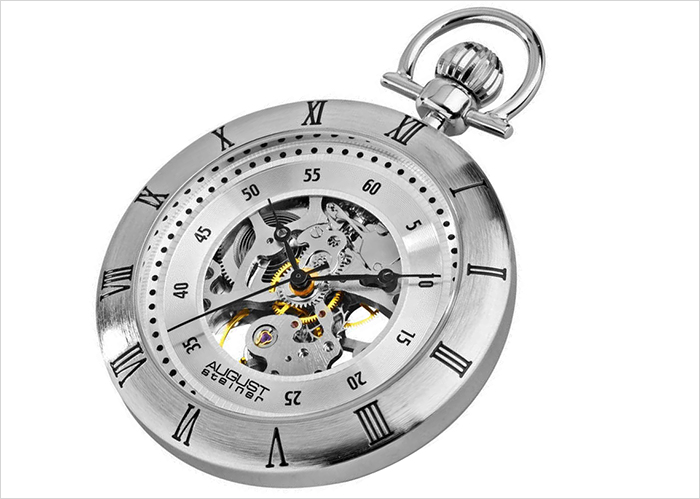
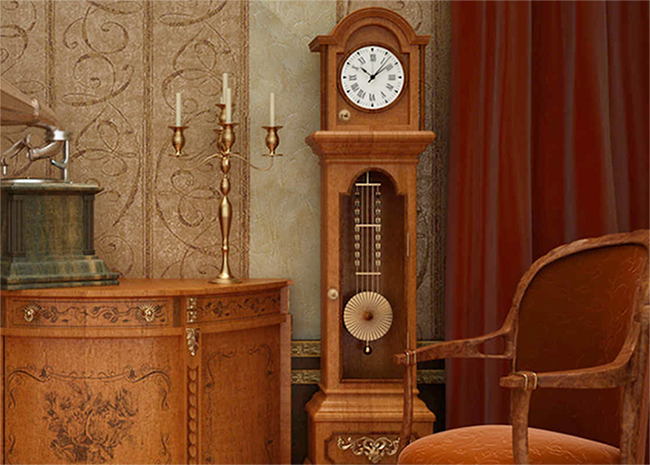
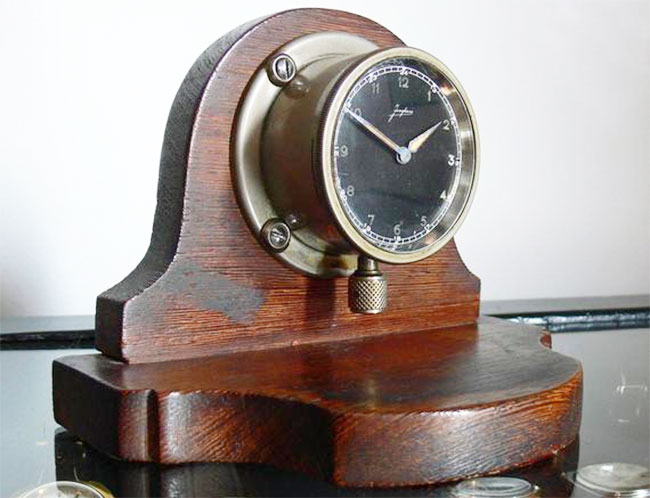
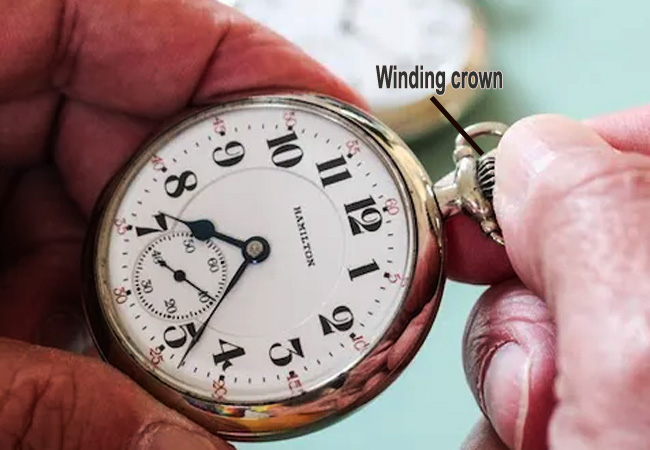


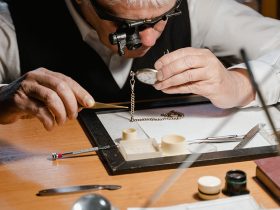


Leave a Reply